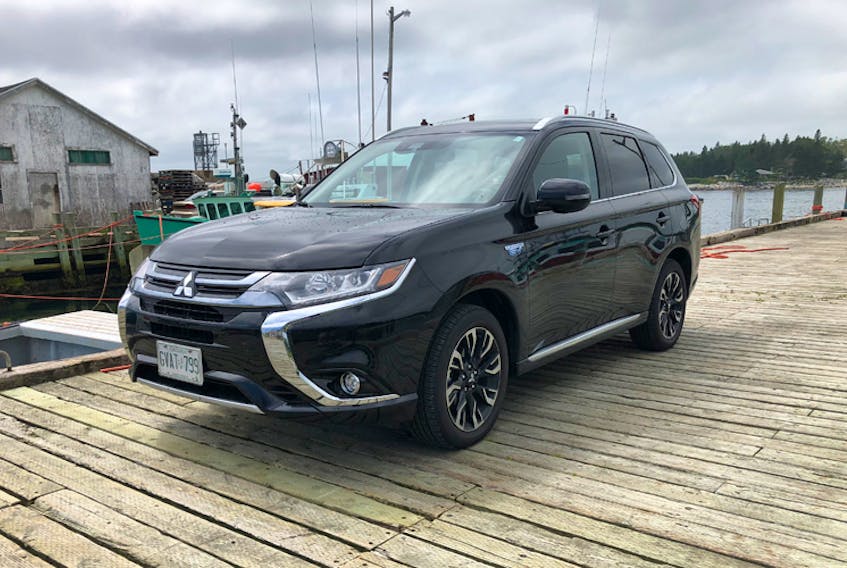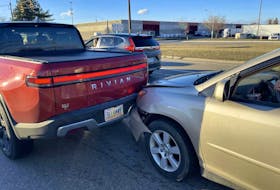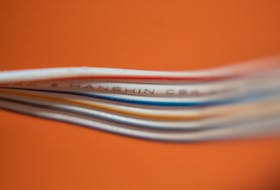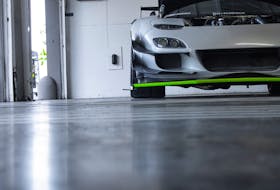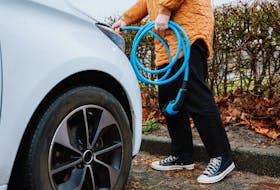The Mitsubishi Outlander is an average utility vehicle. It offers similar space and features as several others in this mid-size class in a somewhat dated style.
In terms of sales numbers, it trails the crowd. But add the letters PHEV to the Outlander name and you have a clear leader of the pack.
The Outlander PHEV (plug-in hybrid electric vehicle) easily outsells all other plug-in hybrids in Canada. That has helped Mitsubishi report six consecutive months of record sales in 2018.
Canadians are not alone in embracing the Outlander PHEV. It has been the best-selling plug-in hybrid in Europe (where hybrids are hot) for the past three years and is the best-selling crossover with a plug, in the world.
Mitsubishi’s expertise in this technology is likely the primary reason the company was purchased by Nissan in 2016, making it a partner in the “Renault-Nissan-Mitsubishi Alliance.”
Renault had assumed control of Nissan in 1999. The Alliance thus claims the best-seller title for both plug-in hybrids (Outlander PHEV) and pure electric cars (Nissan Leaf).
The Outlander is a mid-size, five-seat, all-wheel-drive utility vehicle, like many others. There are two trim levels: SE S-AWC and GT S-AWC, with touring package available on the former. It is priced, built and equipped competitively and has a 100,000-km warranty.
But let’s look at what sets the PHEV version apart and well ahead of the pack.
The Outlander PHEV is powered by a 2.0-litre four-cylinder gasoline engine, and a pair of big electric motors. It has a generator and 12 kWh lithium-ion battery pack nestled beneath the central tunnel normally used for a drive shaft.
Thanks to the abundance of torque provided by the electric motors, it does not need the gears of a conventional or continuously variable transmission to multiple torque. Instead, it uses a single speed direct drive transmission.
The engine and one motor drive the front wheels and the second motor provides power to the rear wheels. Both motors produce 80 horsepower, but the one in the rear puts out more torque — 144 lb.-ft., compared to 101 up front.
The combined power of the engine and motors is 197 horsepower. You can’t simply add up the peak power of the engine and electric motors, because the power peaks at different points for each.
This layout gives the Outlander all-wheel-drive. Mitsubishi calls it “super all wheel control.”
The gasoline engine’s main role is to power the big 70-kW generator which provides power for the batteries and electric motors. The engine is also called on to provide motivation for the vehicle at higher speeds, under acceleration and when the batteries are low. The two electric motors also are used to recharge the batteries through regenerative braking.
The Outlander PHEV has a slick system of controlling the amount of energy that can be harvested while slowing. Paddles on the back of the steering wheel let you select from six levels of regenerative braking. The base level (0) lets the vehicle coast for a very long time when you take your foot off the accelerator. At the other extreme, level 5 slows the vehicle very quickly indeed.
The Outlander PHEV will go up to 35 km on a full charge without any help from the engine. A fully depleted the battery pack can be recharged in eight hours from a 120-volt outlet, 3.5 hours from a 220-volt outlet and up to 80 per cent of capacity in 25 minutes from a level 3 fast charging station. The battery pack is included in the company’s 10-year, 160,000 km powertrain warranty.


There are three unique driving modes, selected by a toggle on the centre console. The “default mode” is EV, which uses electric power only.
“Series mode” uses electric power for the vehicle and uses the gasoline engine to drive the generator and charge the batteries.
“Parallel mode” has the engine driving the vehicle with the motors coming into play on occasion when extra oomph is needed.
Kudos to the development team for arriving at a setup that changes back and forth between electric and gasoline use so seamlessly. Also for providing a resistive element like that in a stove or blow dryer, to heat the cab when the ignition is off to save battery power.
There are also three other modes related to the charging system. “EV priority” uses electricity as long as possible. “Battery charge” mode does exactly that, using the engine and generator to provide an 80 per cent charge in 40-45 minutes.
The third mode — “battery save” — conserves battery power, until you wish to switch to EV priority for silent city driving or sneaking home late at night.
The Outlander PHEV is no rocket ship, but it does move away from rest promptly and when extra power is called for. You could conceivably drive around a city or short commute all week long without ever using a drop of gas. Or you can take it on a lengthy trip with no worries about getting to the next plug.
In that situation, you will keep an eye on the fuel gauge since the tank only holds 43 litres. It and cargo space are compromised by the need for a big battery pack and the rear electric motor.
The PHEV weighs about 250 kilos more than its conventional sibling. Extra weight is a detriment to fuel mileage, but but I witnessed an impressive 5.5 litres/100 km. over a week of mixed driving.
The driving experience is similar to a conventional vehicle whether or not you play with the various modes. Put it in drive and off you go. At the end of the drive you might find it hard to put the transmission in Park until you notice the button hidden by the lever itself. But, don’t worry, Park is automatically engaged when you turn the ignition off.
The Outlander is a bit pricey compared to the competition at $43,000-$46,000, unless you live in B.C. where you are eligible for a $2,500 rebate. Quebec will give you $4,000. The new Ontario government has indicated it will cancel that province’s $9,555 rebate, putting it in line with the remaining provinces that have no rebate programs for electric or plug-on electric vehicles.
Next year Mitsubishi will bring us the updated version now on sale in Europe. The 2019 Outlander PHEV will have a larger (2.4 litres) and more powerful gasoline engine, a larger battery pack (13.8 kWh) and additional modes for the AWD system.
In the meantime you can still get the best combination of utility, versatility, AWD and fuel-savings available in an affordable utility vehicle.

The specs
Model: 2018 Mitsubishi Outlander PHEV SE
- Engine: 2.0-litre, four-cylinder, 117 horsepower, 137 lb.-ft. of torque, regular fuel; plus twin electric motors, each with 80-horsepower, front has 101 lb.-ft. of torque and rear 144 lb.-ft. Combined output is 197 horsepower
- Transmission: single speed direct drive, full time all-wheel drive.
- NRCan rating (litres/100km city/highway): 9.4/9.0 (gasoline), 3.4/3.2 (gas and electric)
- Length: 4,695 mm
- Width: 1,800 mm
- Wheelbase: 2,670 mm
- Weight: 1,895 kg
- Price: $42,998 base, $42,998 as tested, plus freight

